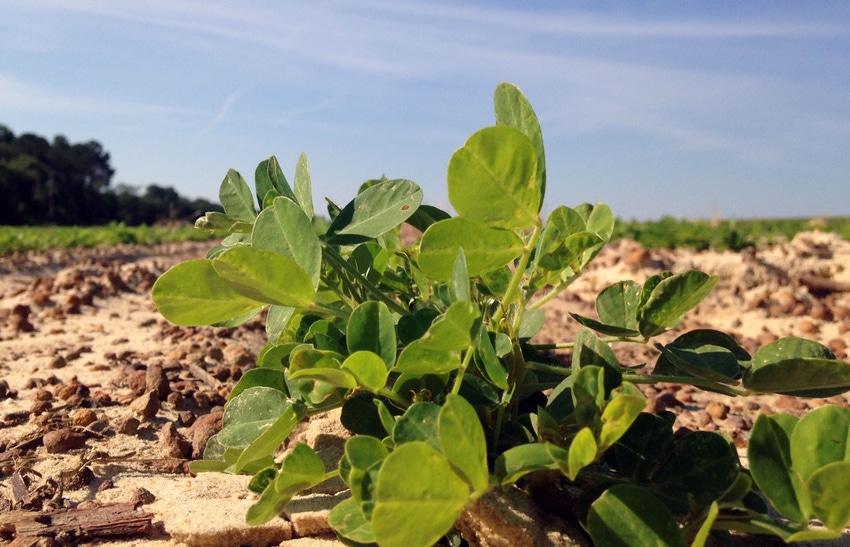
(This article was updated Feb. 4 to clarify second sentence in fourth paragraph.)
Some peanut farmers on occasion develop an 'acid headache," which can, along with other in-the-field issues, reduce profits.
Glen Harris, University of Georgia Extension fertility expert, discussed the headache along with related fertility issues at the annual Georgia Peanut Farm Show Jan. 16 in Tifton, Ga., where more than 300 sat and stood to hear the UGA Peanut Team's opening session on “Common Mistakes that Reduce Your Profitability.”
(Editor's Note: The UGA Peanut Team members say U.S. peanut farmers work the best peanuts in the world. That said, problems caused by mishaps, poor decisions or circumstances happen throughout the year. This three-part editorial series will provide tips growers can try to avoid -- or actions they can take -- to get the 2020 peanut crop off to a good start.)
"There's a lot of things that can go wrong when trying to maintain good soil pH," Harris said. "pH issues are one thing that can hurt peanut production and a little bit of cotton, too."
The sweet spot is between 6 and 6.5 pH. A level below 5.5 opens the gate for aluminum, manganese and hydrogen toxicities in peanuts and zinc toxicity. "And peanuts are very sensitive to zinc toxicity," he said.
High pH soil can cause problems, too. Putting too much lime out, of course, can lead to it. It might be lime from irrigation water or maybe other sources, like additional by-products or even chicken litter. Soil samples will help figure this out and guide the way, he said. Problems start when levels reach 7 on the pH scale.
He gave an example: You have a 100-acre pivot, which is about average for Georgia, and you take soil samples, say one per five acres, and mix them up. You're going to get an average for the field, a good average, or one that might not adequately represent variations in the field's pH.
He said precision lime applications can pay off, along with grid or zone soil sampling to guide the way.
He said precision lime applications payoff, along with grid or zone soil sampling. Harris recommends dolomitic lime over calcitic lime unless soil test shows magnesium more than 150 pounds per acre.
Harris said pH problems are more common, but he reminded growers of the importance of calcium for peanuts.
"Growers know this and put gypsum for even a kind of an insurance when we might not even need it. But we need to be careful not to put it out too late," he said. "Peak-pod fill is when you really need that calcium to be going right through that shell into that nut."
Gypsum applications need start around early bloom or 30 to 40 days after planting. "If you get out to 70 days (after planting) and have a lot of gypsum to put out, you might be getting a little too late," he said.
About the Author(s)
You May Also Like






